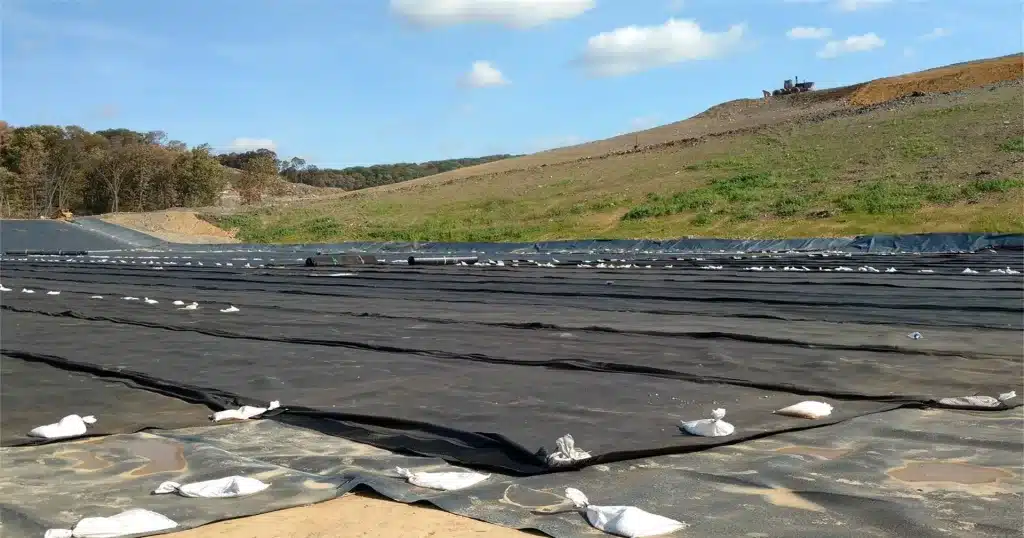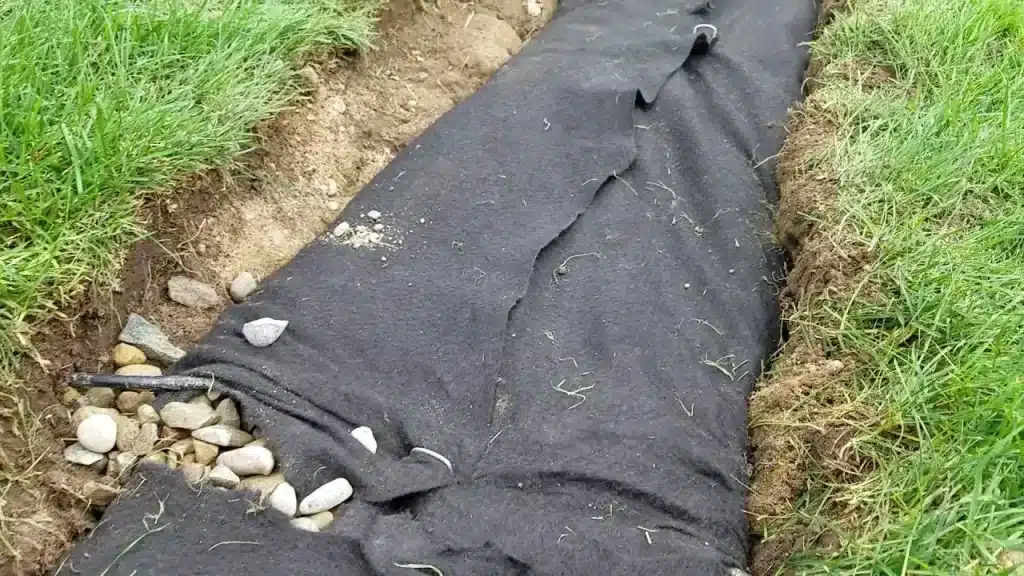+86-159 9860 6917
info@geofantex.com
geofantex@gmail.com
+86-400-8266163-44899
Landscape fabric plays a crucial role in gardening and construction, acting as a barrier that controls weeds and stabilizes the soil. Choosing between woven and non-woven types can significantly impact the effectiveness and longevity of your landscaping projects. This article explores the key differences, applications, and advantages of both woven and non-woven landscape fabrics to help you make the best choice for your specific needs.
Which is better, woven or nonwoven landscape fabric?
The choice between woven and nonwoven landscape fabric depends on your specific project requirements. Woven geotextile fabric, made from threads intricately woven together, is highly durable and suitable for applications under rock or gravel where high strength is necessary. It is excellent for long-term landscaping where robust weed control is a priority without sacrificing water permeability.
Non-woven landscape fabric, on the other hand, is generally made from felt-like fabric and is best used in areas that require superior water permeability and drainage. It’s ideal for mulch beds and garden areas where soil moisture retention is important. Therefore, the “better” option depends on whether you prioritize drainage and permeability (non-woven) or durability and heavy-duty weed control (woven geotextile fabric).

When to use woven landscape fabric?
Woven landscape fabric is best used in scenarios requiring high durability and robust weed control, especially under rock and gravel landscaping and yard design. It’s ideal for:
- Underlying areas will be covered with rock or gravel, such as driveways or pathways.
- Stabilizing soil on slopes to prevent erosion.
- Long-term installations where minimal maintenance is preferred.
This type of fabric is designed to withstand heavy use and provide a sturdy barrier against weeds, while still allowing air and water to pass through, making it perfect for maintaining the aesthetics and functionality of rock and gravel areas.
What is the difference between woven and non-woven construction fabric?
The fundamental difference between woven and non-woven construction fabric lies in their manufacturing processes and resulting attributes. Woven construction fabrics are made by interlacing threads, leading to a grid-like structure that is extremely stable and less stretchy. This makes them suitable for use in applications requiring firm support and considerable durability, such as roads and stabilization projects. Notably, wovens have higher strength values, making them highly reliable for structural applications.
Non-woven construction fabrics, on the other hand, are bonded together chemically, thermally, or mechanically, and do not have the regular pattern that woven fabrics do. They are more flexible and moldable, making them perfect for uses that require conforming to varied shapes and excellent drainage, such as in landscaping or as geotextiles in civil engineering projects. Additionally, nonwovens have higher flow rates and permittivity, enhancing their effectiveness in applications requiring high levels of water permeability.
Should you put woven or non-woven fabric under gravel?
For projects involving gravel, such as driveways, pathways, or parking lots, woven landscape fabric is typically the recommended choice. Its stable, tightly woven structure makes it highly effective at bearing weight and resisting punctures, tears, or erosive forces. This ensures that the gravel remains in place and the fabric effectively blocks weed growth, contributing to the longevity and neat appearance of the gravel area. However, for areas requiring enhanced drainage and erosion control, consider using a nonwoven fabric. Nonwoven materials are excellent for promoting water flow and preventing soil displacement, complementing the structural benefits of woven fabrics in comprehensive landscaping projects.
Choosing the right type of landscape fabric—woven or non-woven—depends on the specific requirements of your project. Woven fabric is ideal for high-traffic areas requiring durability and substantial weed control, while non-woven fabric is suited for areas needing excellent drainage and flexibility. By understanding the distinct properties and best uses of each type of fabric, you can optimize the health and aesthetics of your landscape effectively.



Get Free Sample
We’ll respond as soon as possible(within 12 hours)





















